On September 1, 1946, sugar workers on 33 of Hawai’i’s 34 plantations went on strike, which lasted almost three months and led to substantial improvements in pay, housing, and working conditions. The strike, led by the International Longshoremen’s and Warehousemen’s Union (ILWU), included around 76,000 sugar plantation workers and their families and largely succeeded because workers across the islands — and from many different ethnic groups — organized together.
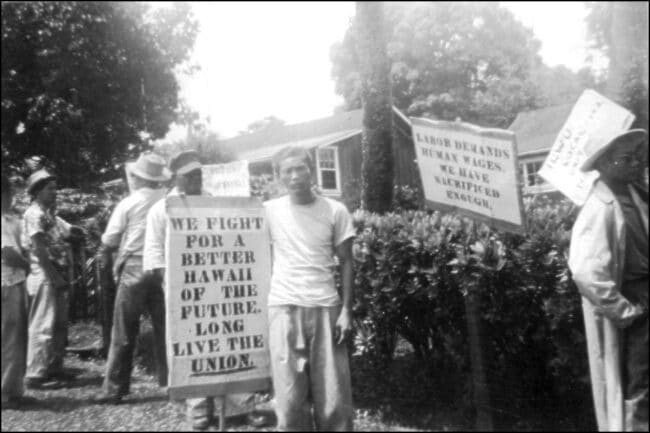
Over the years, workers had grown tired of the harsh conditions on the sugar plantations. They wanted higher pay, 40 hour work weeks, and a “union shop” where all workers would be unionized. Outside of working conditions, workers advocated for improvements to the expensive, low-quality company housing and the ability to convert the included company-owned utilities, medical care, and fuel to cash.
Additionally, sugar companies overtly discriminated against their workers by ethnicity. To sow division, they purposefully employed workers from many different ethnicities, including Filipino, Chinese, Japanese, Portuguese, and Kanaka Maoli (Native Hawaiian). The companies created a race-based hierarchy of pay and segregated worker housing. Since most unions only organized workers of one ethnicity, companies had successfully broken strikes in the past by hiring strikebreakers from other races.
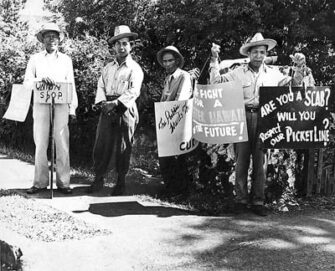 Despite this repressive climate, sugar workers had almost entirely organized into unions by the time of the strike. Ninety-nine percent of workers voted to strike, and virtually none broke the picket line. To maintain solidarity across ethnic lines, workers from many ethnicities would hold meetings together and translate the proceedings into multiple languages. ILWU organizers and workers formed committees to self-govern the striking plantations, grow and hunt food, and organize social activities.
Despite this repressive climate, sugar workers had almost entirely organized into unions by the time of the strike. Ninety-nine percent of workers voted to strike, and virtually none broke the picket line. To maintain solidarity across ethnic lines, workers from many ethnicities would hold meetings together and translate the proceedings into multiple languages. ILWU organizers and workers formed committees to self-govern the striking plantations, grow and hunt food, and organize social activities.
The workers eventually won increased wages and improvements to housing and medical care. Further, the strike disrupted the near-absolute control that sugar companies and the white planter elite held over Hawaiian politics, setting the stage for the increasing democratization of the islands.
Learn more in 1946 Sugar Strike: The Rise of Hawaiʻi’s Labor Unions via KHPR.
This entry was prepared by Deborah Jung.

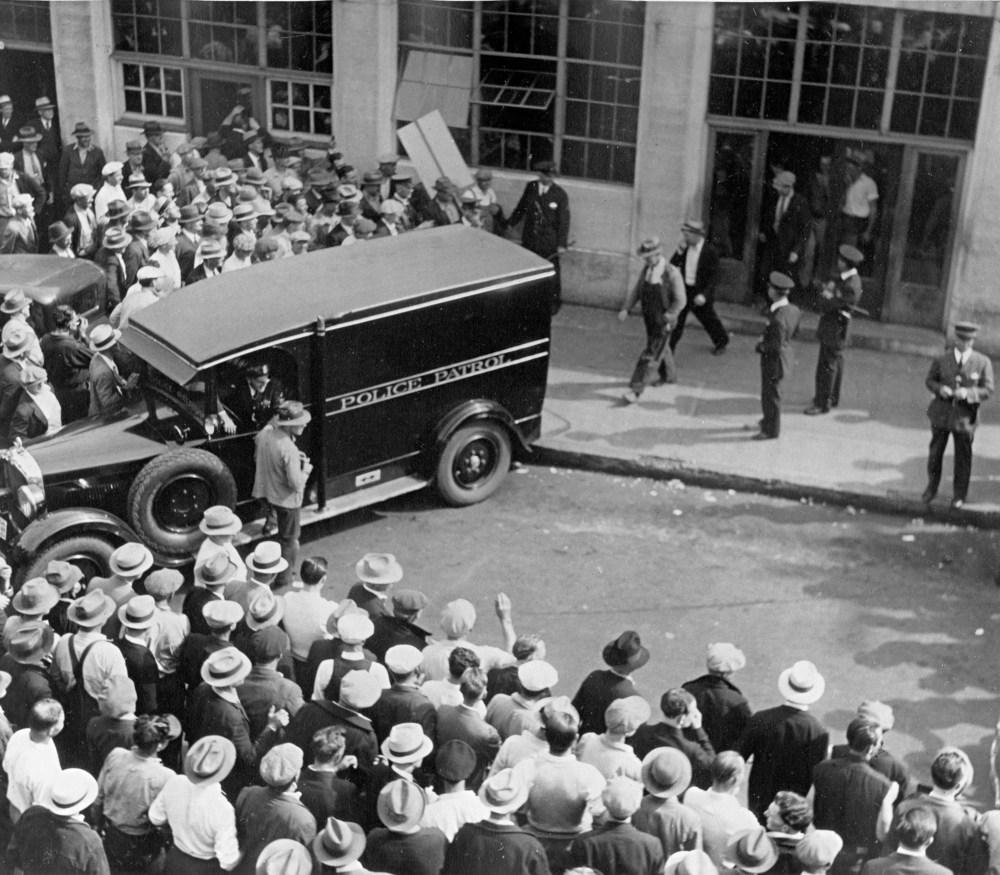
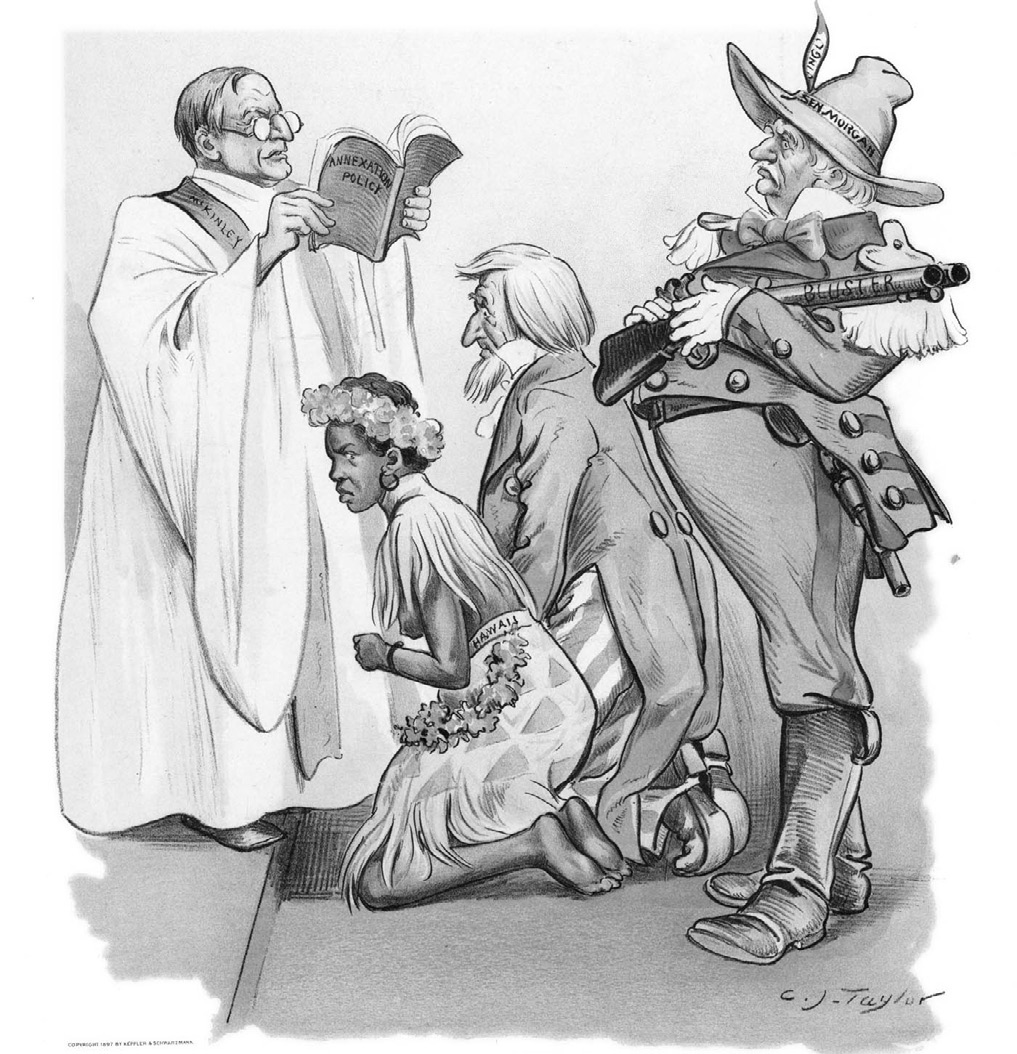
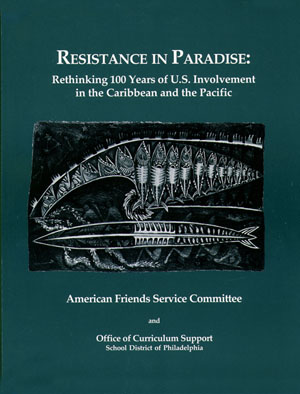
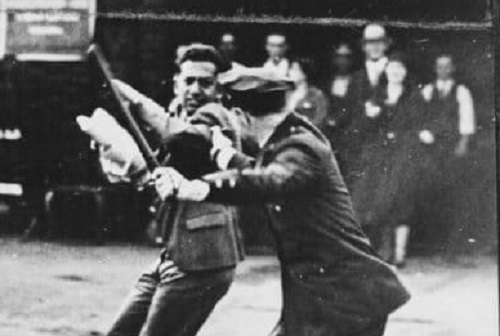





Twitter
Google plus
LinkedIn